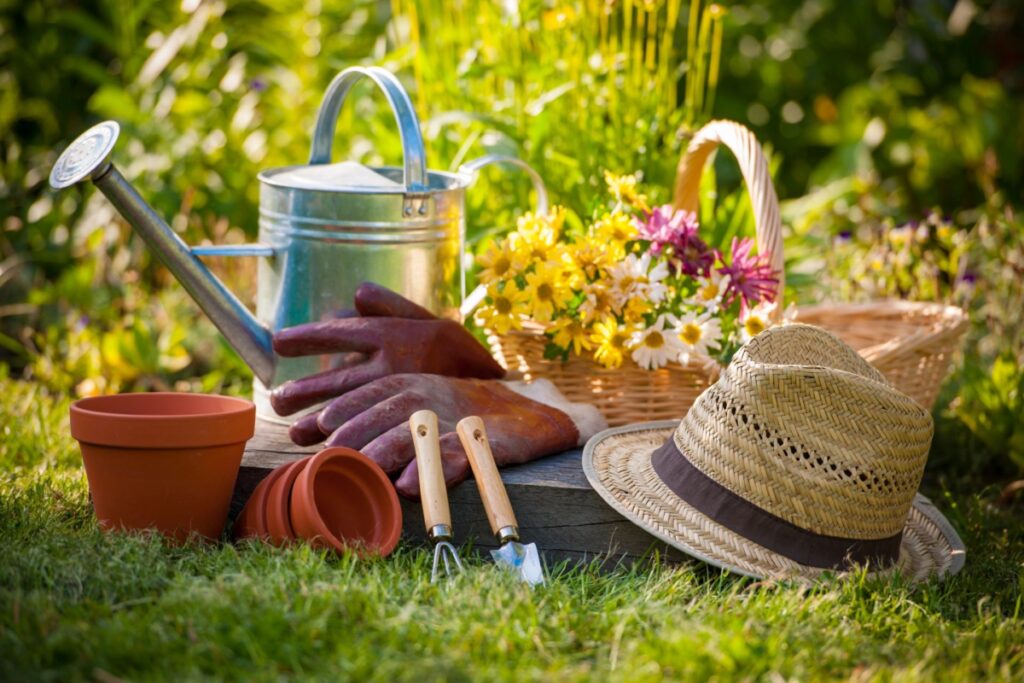Gardening can be a difficult hobby to get into. Luckily, we have some tips to help even the “blackest” of thumbs get a garden started.
Location, Location, Location
A successful garden can come in a variety of different sizes. For those who lack the space, vertical or hydroponic gardening are excellent options.
Regardless of how big the garden is every garden needs sunlight. If you’re planning on planting some vegetables or fruits in the garden, make sure the location chosen provides the right amount of sunlight.
Typically, fruits should receive around five (5) to six (6) hours of direct sunlight to successfully thrive, while some vegetables and herbs are able to grow in partial shade. For areas that are mostly shaded, consider growing plants that don’t require as much sunlight, like kale, carrots, or potatoes.
In addition to sunlight, accessibility should be considered. Make sure to choose a location that is easily accessible to allow for regular watering, weeding, and harvest.
Preparations
Preparing the space is an essential step to growing a successful garden. The exact preparations needed depends on where the garden is located. For those planning on gardening in their yards, clearing a patch of weeds, sod, and loosening the soil is necessary.
For gardeners looking to start plants from seed, consider starting the plants in containers; this can be done by simply repurposing food containers to hold the plant. Just make sure to put holes at the bottom of the container to allow for proper drainage.
The final preparations include purchasing gardening supplies and testing the soil. In order to choose the best plants for the area, it’s essential to understand what your soil is made up of.

Planting
When to plant depends on the plants chosen for the garden. A majority of plants should be planted in the springtime after any chance of frost has passed.
However, there are a few plants that are better at tolerating the cold weather and should be planted in the fall; these plants include root vegetables.
For those looking to grow plants from seed, it’s best to plant the seeds in containers indoors during colder weather. Before planting, seeds should be moistened; they should then be placed three times as deep as the diameter of the seed unless the packaging says otherwise.
Get Gardening!
After everything else is complete, it’s time to nurture and maintain the garden you started. This means watering, weeding, harvesting, and enjoying the garden!
